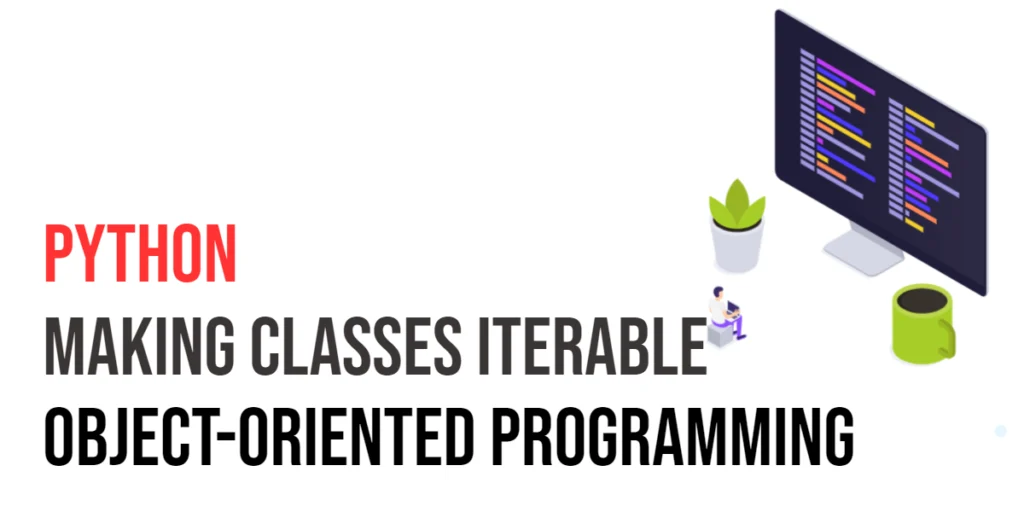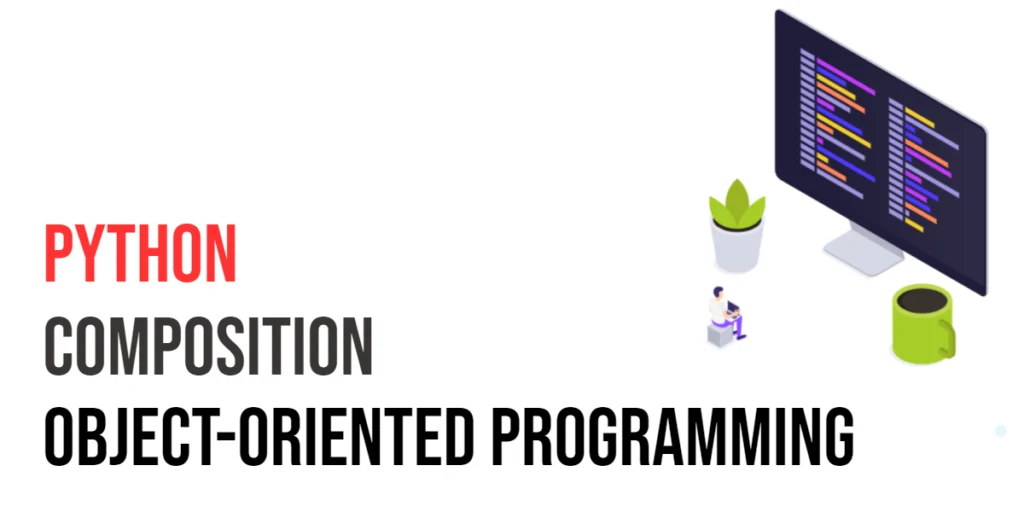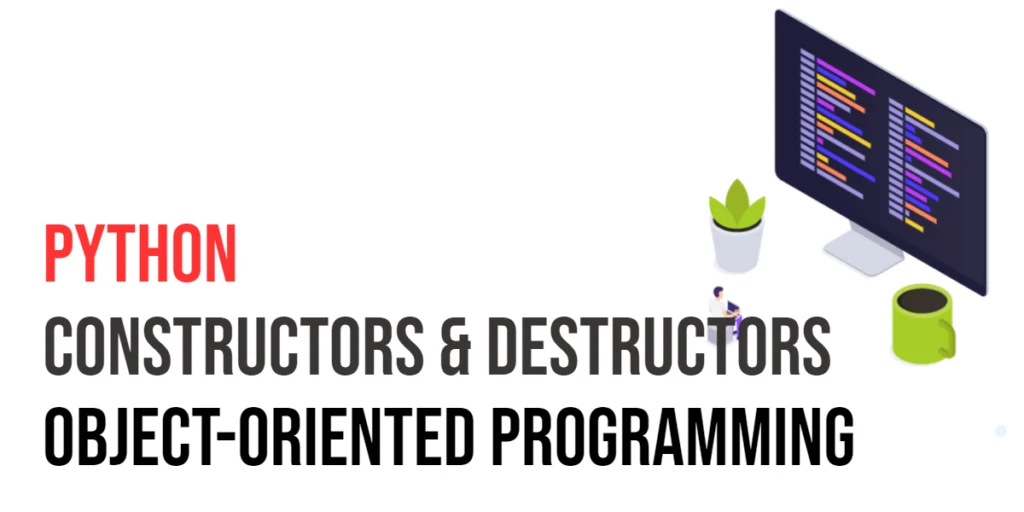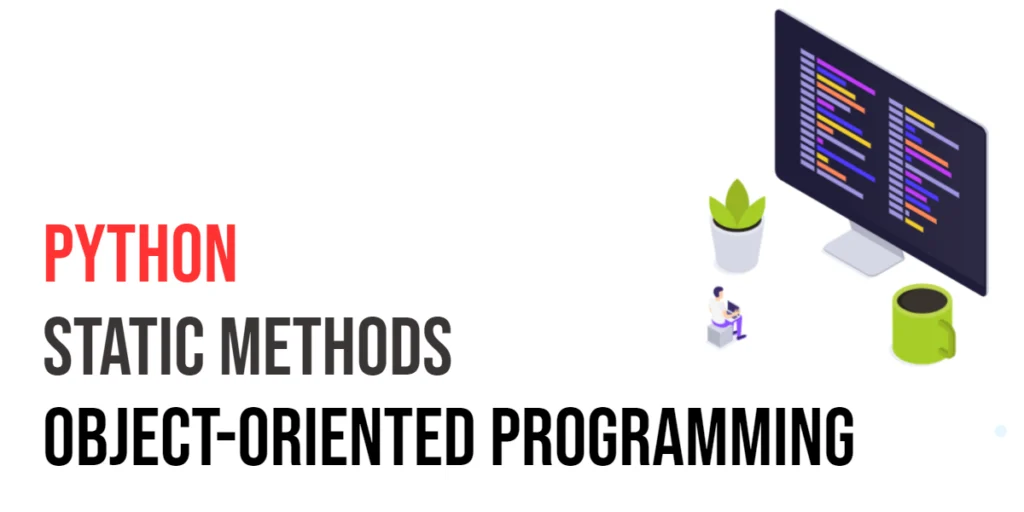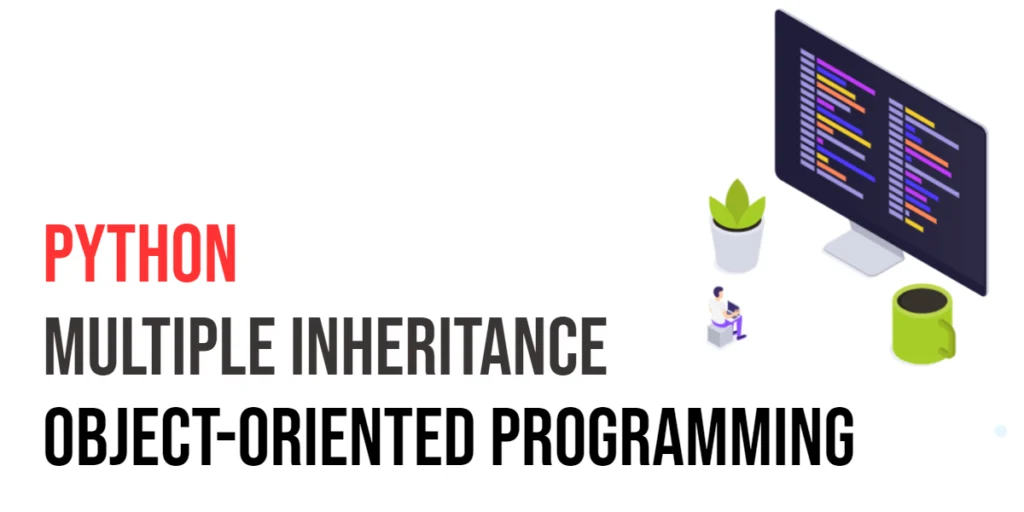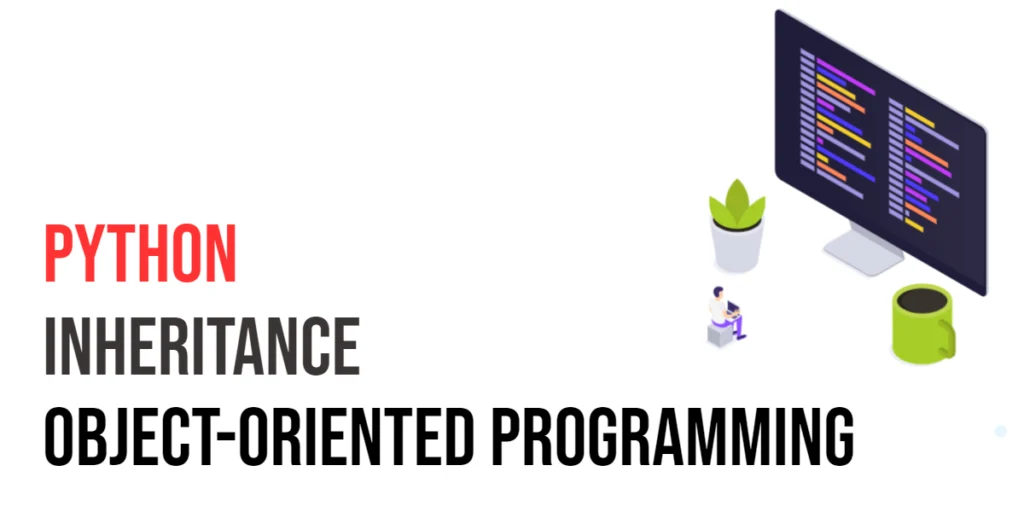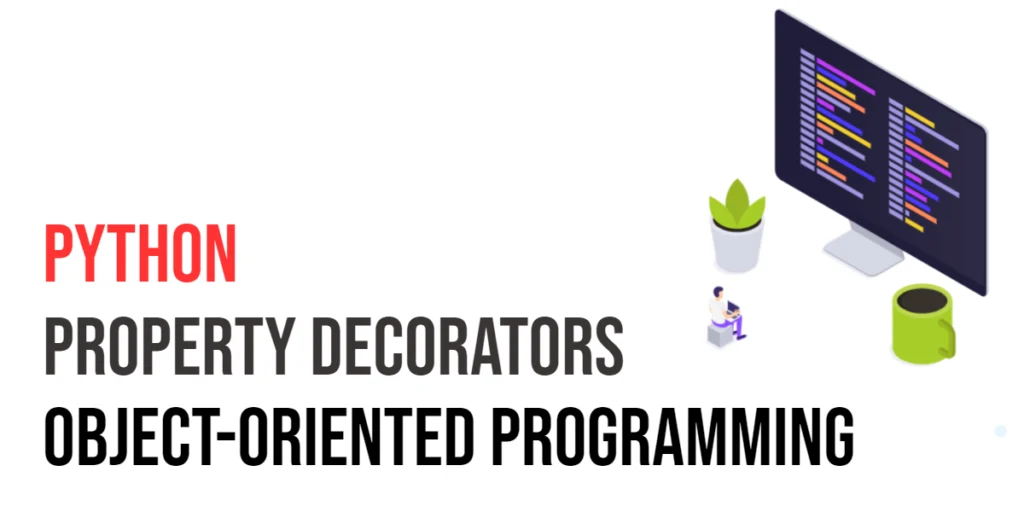Python Object-Oriented Programming: Making Classes Iterable
Python’s Object-Oriented Programming (OOP) is like a super tool for coding. It helps organize your code neatly and makes dealing with complex software much simpler. Imagine keeping all your tools in a well-organized toolbox—OOP helps you do just that with your code! It groups data and the functions that handle this data into something called […]
Python Object-Oriented Programming: Making Classes Iterable Read More »
